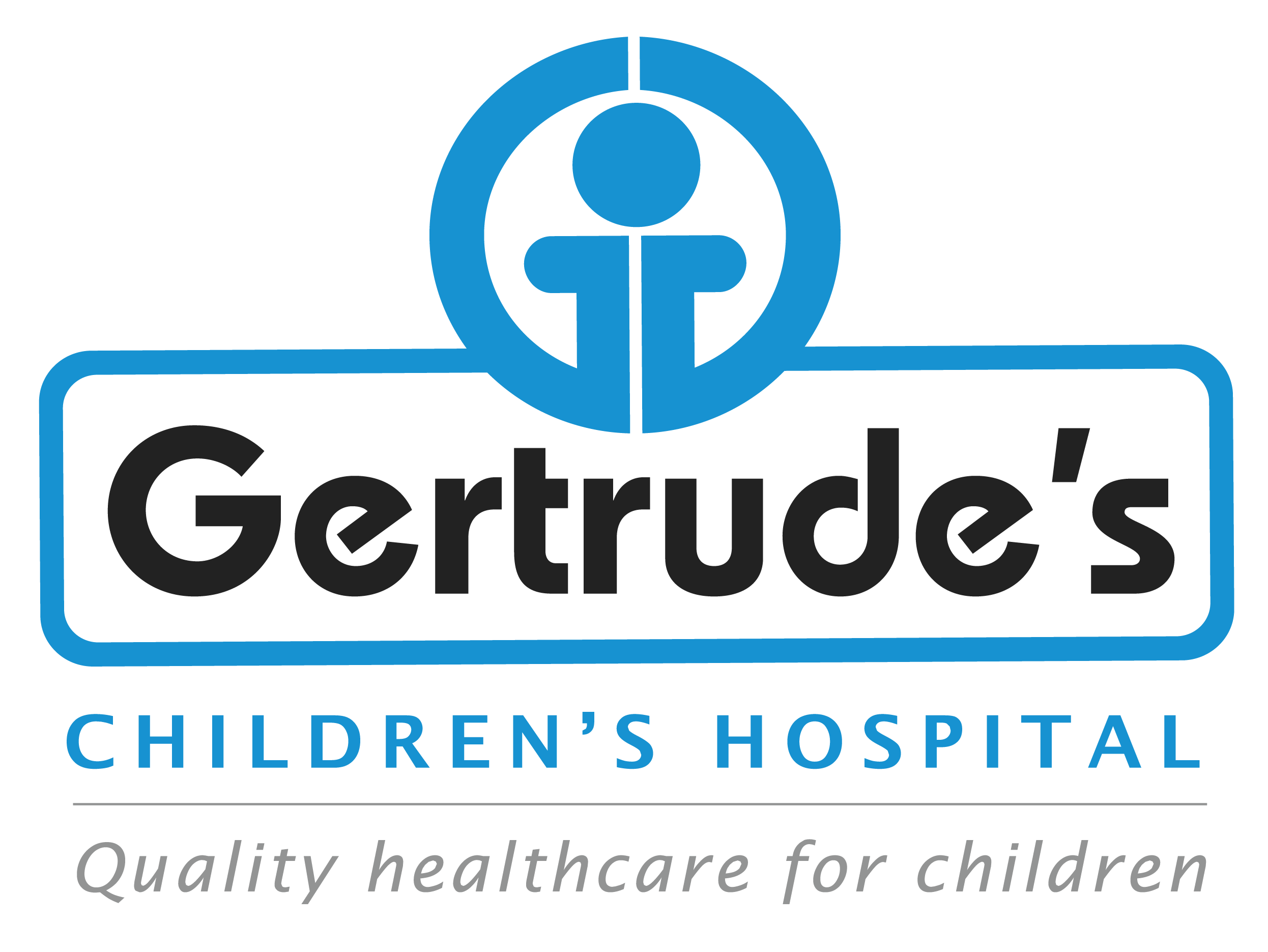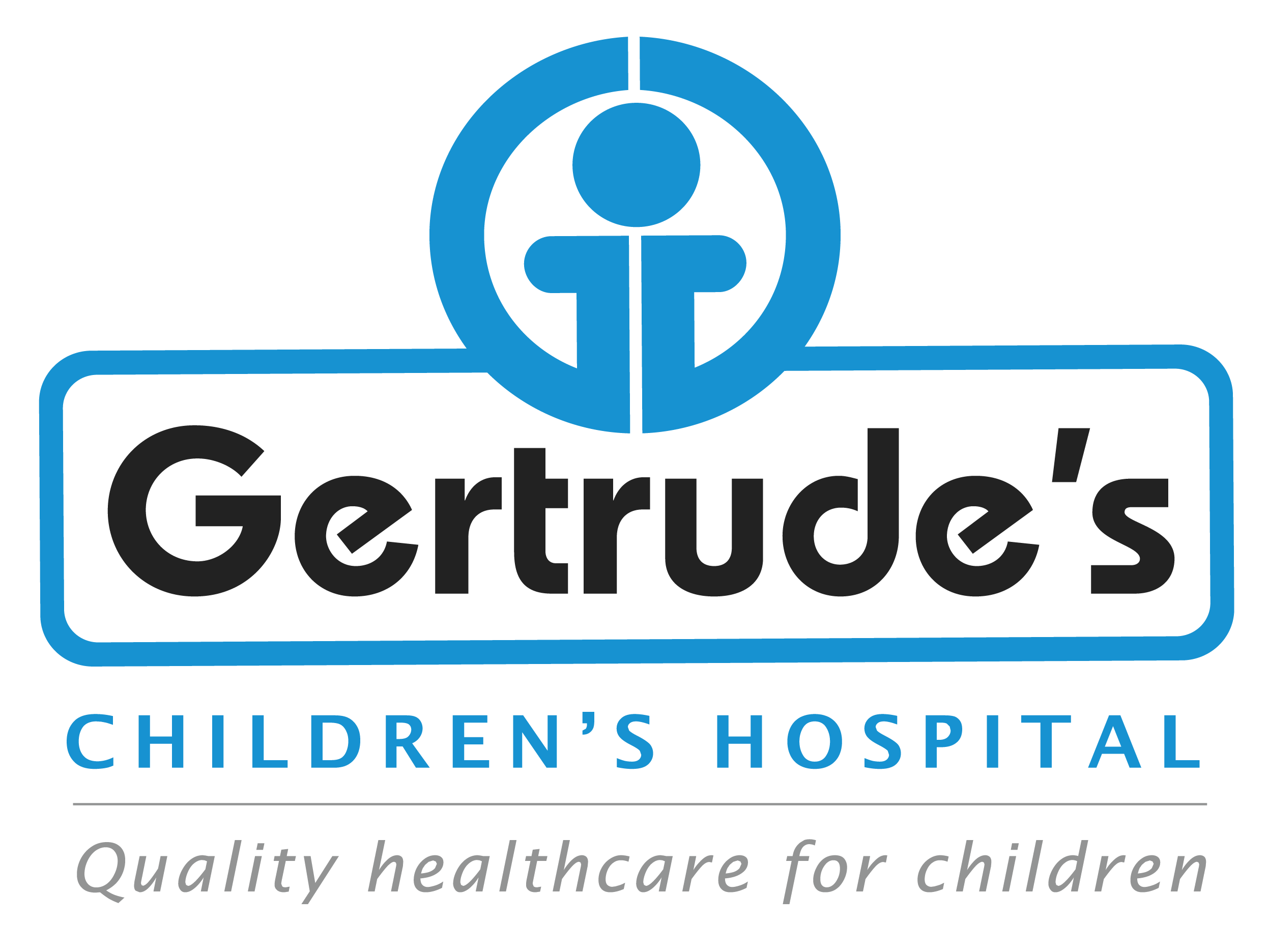Pyogenic granuloma, also known as granuloma pyogenicum, is a common, benign (non-cancerous) growth that typically appears on the skin or mucous membranes. It often develops rapidly and is characterized by a red, raised lesion that may bleed easily. These growths are usually small, ranging from a few millimeters to a couple of centimeters in size.
Symptoms
Common symptoms of pyogenic granuloma include:
• A smooth, red or purplish bump on the skin or mucous membranes.
• The lesion may be shiny and can appear crusty if it has bled.
• Frequent bleeding from the growth, especially with minor trauma.
• Pain or discomfort if the lesion is located in a sensitive area.
• A smooth, red or purplish bump on the skin or mucous membranes.
• The lesion may be shiny and can appear crusty if it has bled.
• Frequent bleeding from the growth, especially with minor trauma.
• Pain or discomfort if the lesion is located in a sensitive area.
Causes
The exact cause of pyogenic granulomas is not fully understood, but several factors may contribute to their development:
• Injury or Trauma: They often occur at sites of previous injury or irritation.
• Hormonal Changes: They can appear during pregnancy due to hormonal fluctuations.
• Medications: Certain medications, such as retinoids or immunosuppressants, may increase the risk of developing these lesions.
• Injury or Trauma: They often occur at sites of previous injury or irritation.
• Hormonal Changes: They can appear during pregnancy due to hormonal fluctuations.
• Medications: Certain medications, such as retinoids or immunosuppressants, may increase the risk of developing these lesions.
Diagnosis
Diagnosis of pyogenic granuloma is typically straightforward and involves:
• Physical Examination: A healthcare provider will assess the appearance and location of the lesion.
• Medical History: Discussing any recent injuries or changes in medication.
• Biopsy: In some cases, a small tissue sample may be taken to rule out other conditions that can mimic pyogenic granulomas.
• Physical Examination: A healthcare provider will assess the appearance and location of the lesion.
• Medical History: Discussing any recent injuries or changes in medication.
• Biopsy: In some cases, a small tissue sample may be taken to rule out other conditions that can mimic pyogenic granulomas.
Treatment Options
Treatment for pyogenic granulomas depends on their size and location. Options include:
• Surgical Removal: The most common treatment involves excising the entire growth to prevent recurrence. This method is effective and reduces the chance of the granuloma returning.
• Shave Excision: For smaller lesions, doctors may shave off the growth and cauterize the area to minimize bleeding.
• Laser Therapy: This method can be used for lesions in sensitive areas or for cosmetic reasons.
• Chemical Treatments: Applying substances like silver nitrate can help manage bleeding and promote healing.
• Salt Treatment: A newer method involves applying table salt to the lesion to promote shrinkage and healing. This technique is safe and well-tolerated.
• Surgical Removal: The most common treatment involves excising the entire growth to prevent recurrence. This method is effective and reduces the chance of the granuloma returning.
• Shave Excision: For smaller lesions, doctors may shave off the growth and cauterize the area to minimize bleeding.
• Laser Therapy: This method can be used for lesions in sensitive areas or for cosmetic reasons.
• Chemical Treatments: Applying substances like silver nitrate can help manage bleeding and promote healing.
• Salt Treatment: A newer method involves applying table salt to the lesion to promote shrinkage and healing. This technique is safe and well-tolerated.
Frequently Asked Questions
Q: Are pyogenic granulomas contagious?
A: No, pyogenic granulomas are not contagious; they cannot be spread from person to person.
Q: How long does it take for a pyogenic granuloma to heal?
A: Healing time varies depending on treatment but generally takes a few weeks after removal.
Q: Can pyogenic granulomas come back after treatment?
A: Yes, there is a chance they may recur, especially if not completely removed; regular follow-ups are important.
Contact
Please feel free to contact us with any general or medical enquiry by calling us.





